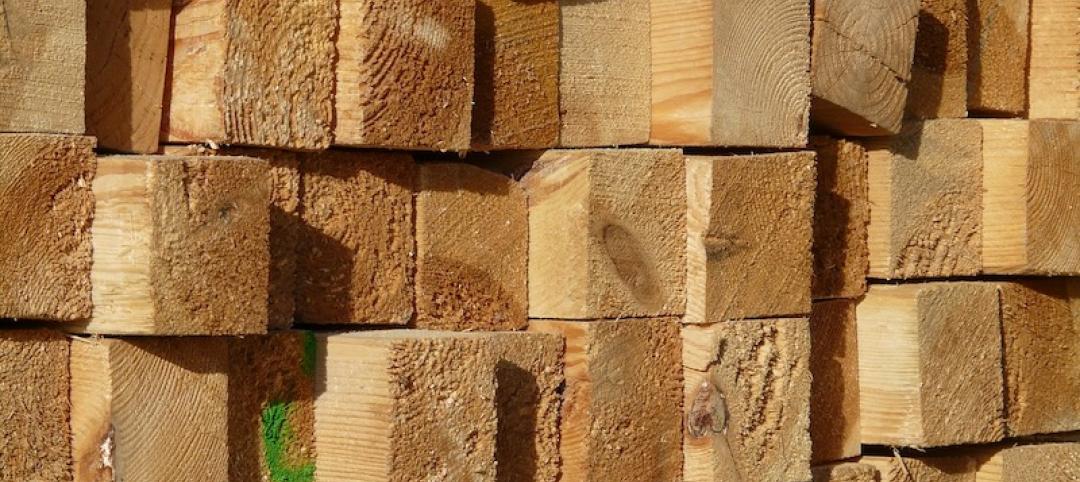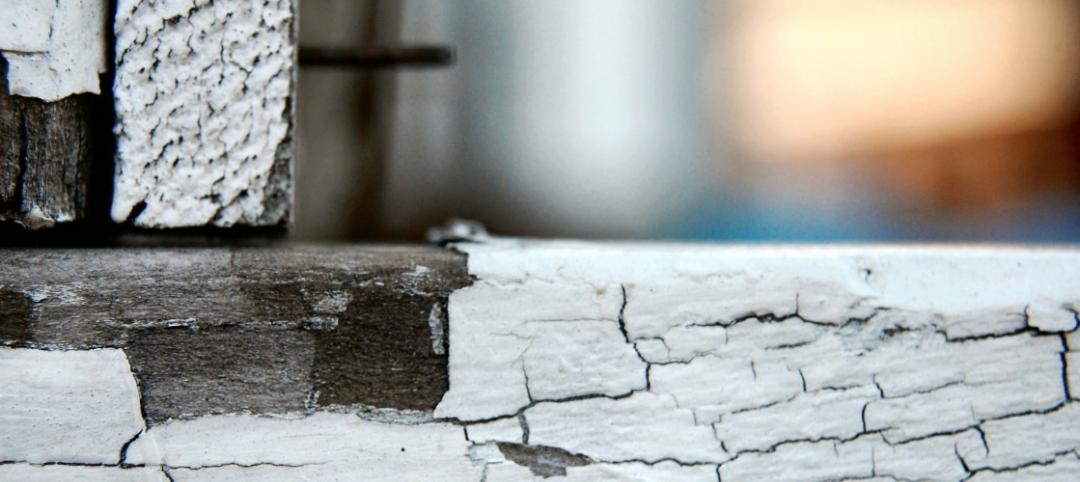New York State’s Labor Law Section 240, commonly known as the “Scaffold Law,” is often seen as the bane of the construction industry in the state. This law puts what is known as strict liability on contractors and owners for accidents involving elevation that occur at construction sites. This “strict” liability means that, if no adequate safety devices were made available for the worker, and the injury is a result of covered activity, the worker’s own conduct is not a defense against any lawsuit.
As recent rulings at the Appellate Division Courts in New York show, one of the biggest problems for owners and contractors is that, while liability under the law is strict, knowing when it will apply is often less so.
In the simplest terms, the scaffold law imposes liability on owners and contractors for injuries sustained by workers due to elevation related hazards, if they had failed to make adequate safety devices available. The statute lists both devices that should be provided, and tasks that are covered. Where it becomes difficult is in determining such things as whether the injured worker was performing a task covered by the statute, whether the injury was caused by a risk covered by the statute, whether the safety device provided was adequate, and whether the worker’s actions were the sole cause of the injury.
Owners and contractors need to be aware that the courts in New York will often seem to apply the law in an expansive manner, to determine that the injured worker’s activities or that the happening of the accident were such that are covered by the statute.
Recent Court Rulings on Section 240
In a recent case decided by the Second Appellate Department, an injured worked was found to be entitled to the protections of Labor Law 240 when he fell from an elevated platform while waiting for an elevator to take him to start work at a construction site due to a guardrail giving way. The court ruled that the statute required proper safety devices for workers to gain access to work site where there are elevation-related risks. In addition, it was determined that, as getting to and from the work area are necessary activities to perform the work in question, the fact that the accident happened while waiting for the elevator did not remove the protections of Section 240.
The First Department recently decided a case involving a worker who was injured when his leg went part-way into a hole that had been inadequately covered by plywood, while working below grade level. The Court held that he was still covered by the protections of Section 240(1), despite the location of the accident and his leg not falling all the way through.
It’s also important to remember that, in addition to providing the required safety equipment, the equipment provided must be adequate to the task. For example, the First Department recently granted summary judgment for a plaintiff who was injured when the ladder he was using slid on a concrete floor due to the ladder not having rubber feet. So, even though a safety device was provided to the worker, as it was not adequate to prevent his injury, liability under the law was found.
While the law requires proper safety devices to protect against elevation-related hazards, if the device itself causes the injury, it will be found to be an injury contemplated by the law. In a recent First Department case, the Court found in favor of a worker who claimed to have been injured when the jack he had been provided with in order to lift a steel beam fell on him. The Court found that it didn’t matter whether he was struck by the jack or by a beam falling from the jack, either way the jack failed to do what it was supposed to do.
Injured workers are also not required to show exactly how the accident happened, so long as the accident was one which was contemplated by the protections required under the statute. The First Department ruled in May that a worker who was struck by falling rebar was not required to show whether the rebar was dropped by a coworker or fell in some other manner. All that was important was that the rebar was material that should have been secured to prevent just such an occurrence.
Just providing safety equipment isn’t enough. You also need to make sure that the equipment you’ve provided is correct for the job at hand. The First Department affirmed summary judgment for a worker who was injured when a portion of the sidewalk bridge on which he was working collapsed. The worker had been provided with a safety harness, but he had testified that he couldn’t wear it while working on the bridge because the lifeline, which he had used while working on a scaffold at the site, couldn’t be used on the bridge. Therefore, it is incumbent to provide adequate safety devices to protect workers during any elevation-related tasks they might be performing at the job site.
The law requires proper safety devices for cleaning, but routine cleaning is not covered by this. But courts can find that what one side may consider to be routine maintenance, and therefore not subject to the requirements of Labor Law 240, is, in fact, a covered activity. For example, the Fourth Department held that a building maintenance worker who fell from a ladder while removing a bird’s nest was engaged in nonroutine cleaning, and therefore entitled to the protections of the law. This was, in part, because the task was one which was not part of his usual job duties
Conclusion
So, what can contractors and property owners take away from this? Unfortunately, it seems impossible to protect against any and all claims under Labor Law 240. The best course of action is to do what you can to ensure that adequate safety devices are provided whenever you have people working with elevation-related risks at your job sites. Liability under Labor Law 240 can only attach if no proper safety devices were provided.
About the Author
Andrew Koenig, Esq.
Associate Attorney | The Platta Law Firm, PLLC
Andrew has spent many years litigating construction accident cases, for both defense and plaintiff, most of which deal with Labor Law 240.
Related Stories
| Mar 27, 2013
Open discussion of regulations on tap at AGC’s 2013 Federal Contractors Conference
The AGC Federal Contractors Conference provides a venue for contractors and federal agency personnel to meet in a collaborative forum to review federal construction contracting issues from around the United States.
| Mar 27, 2013
New BACnet standard offers significant improvements to alarm handling
Changes to the newly published BACnet standard from ASHRAE will encourage smart building automation controls systems including alarms.
| Mar 27, 2013
CEIR releases tool that measures energy, environmental benefits of roof systems
The Center for Environmental Innovation in Roofing (CEIR) released its new RoofPoint Energy and Carbon Calculator that is designed to help roofing professionals measure the energy and environmental benefits of modern roof system technologies.
| Mar 27, 2013
Sustainable wood controversy leads to LEED ‘backlash bill’ in Florida House
A Florida House bill that says state agencies should decide on a project-by-project basis which green certification standards are used on state construction passed a subcommittee vote 12-1.
| Mar 19, 2013
Colorado Zero Energy District project shows how businesses can reach zero-energy standard
An ambitious experiment in Fort Collins, Colo., is supporting development of the nation’s first major urban zero-energy district.
| Mar 19, 2013
New LEED for Neighborhood Development and Historic Preservation guide released
A new guidance manual, LEED for Neighborhood Development and Historic Preservation, outlines strategies geared towards helping building teams incorporate historic resources into their developments.
| Mar 19, 2013
Senate bill would reform EPA’s lead renovation, repair, and painting rules
A bill to reform the EPA’s Lead Renovation, Repair, and Painting Rule (LRRP) was recently introduced in the U.S. Senate.
| Mar 19, 2013
Boston mayor’s energy efficiency disclosure rule under fire
A proposed ordinance in Boston mandating energy audits is coming under criticism from the Greater Boston Real Estate Board and others as being too costly and intrusive.
| Mar 18, 2013
USGBC to GAO: 'Schools need over $271 billion in maintenance fixes'
The Center for Green Schools at the U.S. Green Building Council (USGBC) has released its first “State of our Schools” report, highlighting the critical need to modernize school facilities to meet current health, safety and educational standards.
| Mar 14, 2013
Survey: Market demand now key driver for green construction
Construction firms across the world expect 60% of their projects to be environmentally friendly by 2015, according to the SmartMarket Report of McGraw-Hill Construction.













